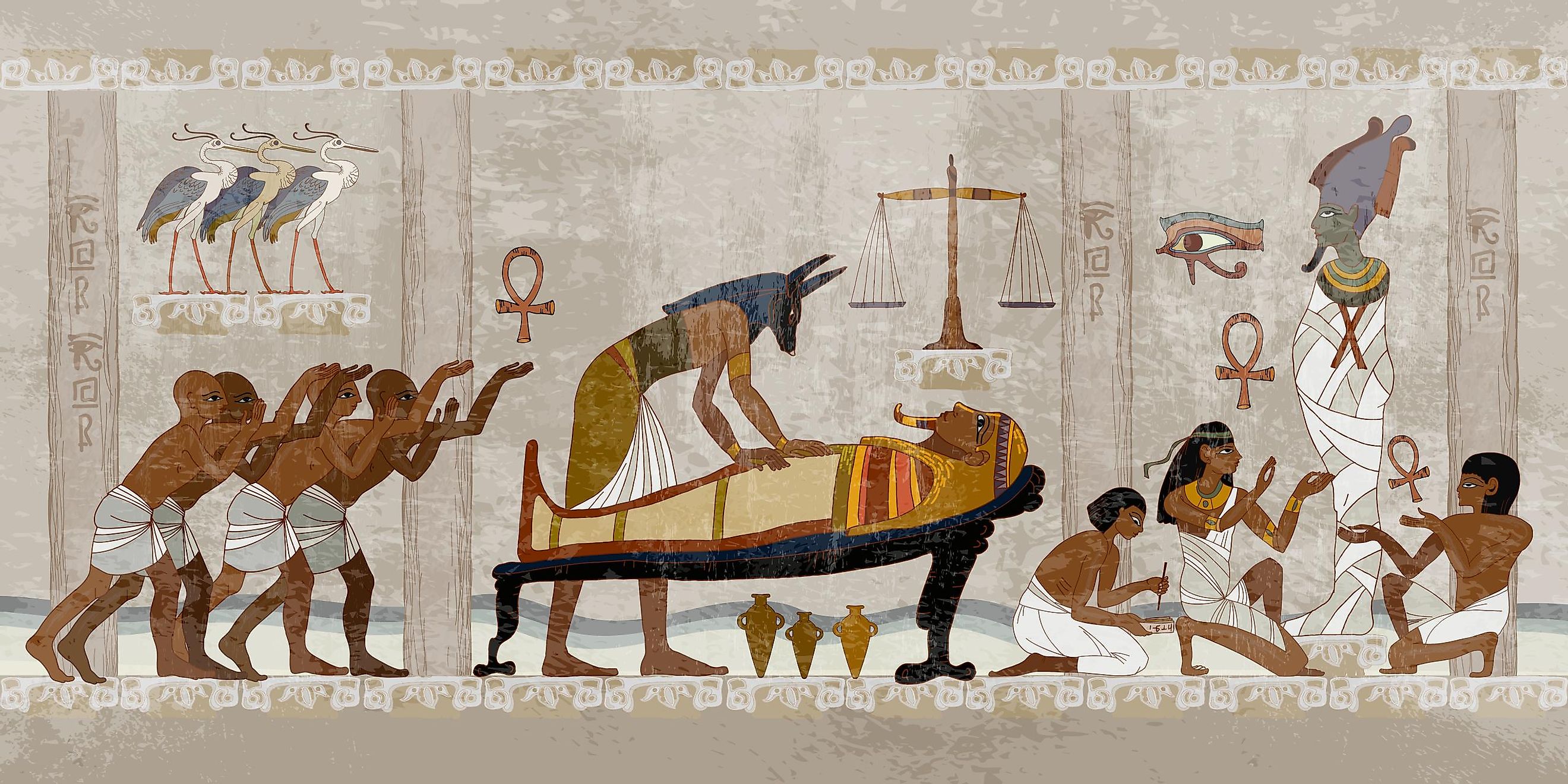
The 6 Darkest Secrets of Ancient Egypt
What pictures flit past your eyes when you think about Ancient Egypt? For many of us, the mental pictures we conjure up are those of golden sand dunes stretching as far as the eye can see, cursed mummies hidden deep in dark corridors, and of course, the great pyramids of old jutting up from the barren desert reaching for the sky like a dying man’s prayer. But what was ancient Egypt really like? And perhaps most importantly, what secrets do those ancient tombs conceal? In this article, we’re going to reach deep into those graves of old and bring to light 6 dark secrets from ancient Egypt.
The Ancient Hieroglyphs Lie
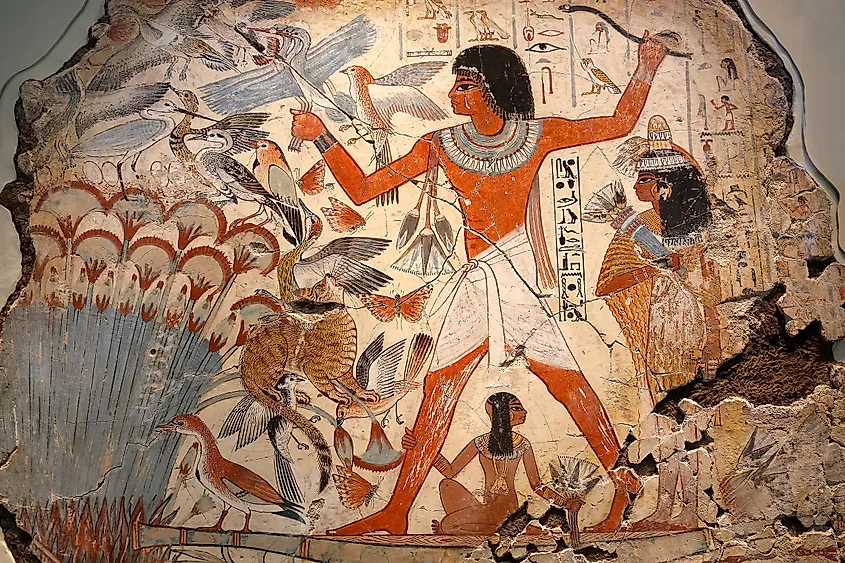
Fake news, it would seem, is a problem as old as Egypt or about 5000 years if you want to get into the nitty-gritty. Hieroglyphs show us beautiful pictures of kings and queens of ancient Egypt. But these delicate works of art are shrouded in secrets. What are those dark secrets lurking behind the ink portraying slender and powerful kings and queens? Well, mostly it’s a lie. It would seem from the evidence gathered from unearthed mummies that many of the royal family from ancient Egypt struggled with their weight. The royal families and rich of ancient Egypt enjoyed posh lives of comfort and ease coupled with a heavy diet of beer, bread and honey didn’t exactly produce the strongest, most fit rulers.
The Ancient Egyptians Feeding The Dead
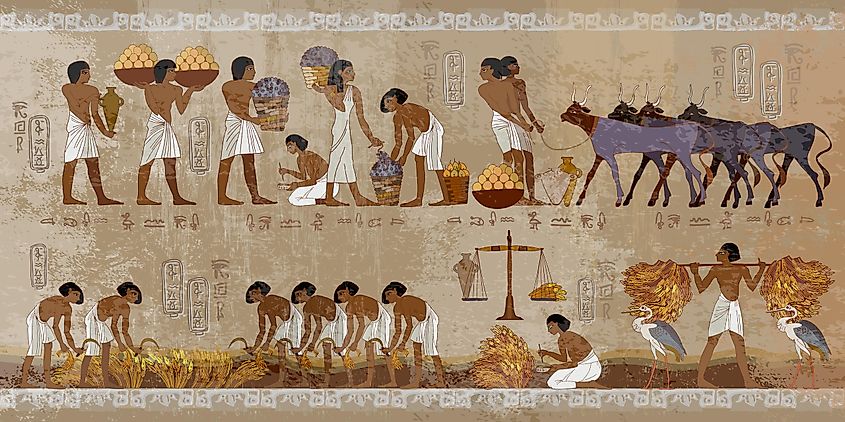
The dead needed to eat. This concept might be hard for those of us living in the twenty-first century to wrap our heads around but in the ancient Middle East, it was common knowledge. The dead while being physically removed from the world of the living, continued to exist in an afterlife similar to the world of the living. As such, they continued to have needs that had to be met such as food. During his life, the pharaoh would prepare for his inevitable death by stockpiling his tomb with everything he might need, kind of like an ancient twist on modern-day preppers. In many of the tombs that have been uncovered archaeologists have found mummified pieces of meat. That is exactly what it sounds like: they would take whatever cuts of meat the pharaoh liked and mummify it. We are talking rib-eye steak wrapped in mummy clothes! But hey, at least they had enough to eat.
The Ancient Egyptians Mummifying Pets
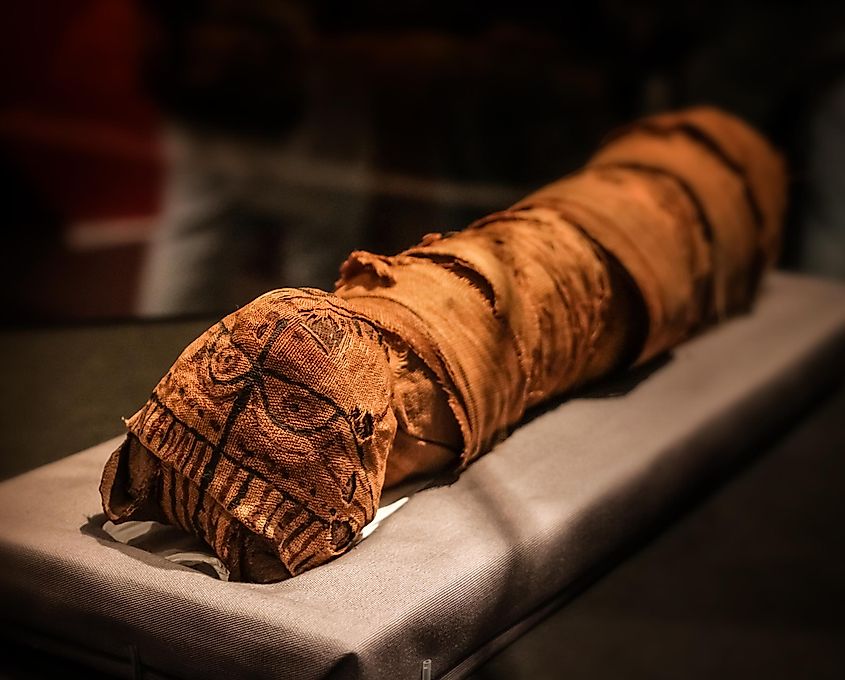
The ancient Egyptians liked their pets, a lot. This might be one of the most relatable thing we in the twenty-first century have in common with the pharaohs of old. We too really like our pets. And while we enjoy putting shoes, jackets and costumes on our pets; the ancient Egyptians took it a step further. They loved their pets so much that they were buried with them. If a pet died before its owner the solution was easy, the pet was mummified and placed in the tomb to await its master. But what about those times when the master went into the afterlife first? In some cases, pharaohs would leave instructions for their pets to be taken care of until its natural death at which point it was mummified and placed in the tomb. But what about those instances where no instructions were explicitly given? In many cases, the pharaoh’s beloved pet was killed so that it could be mummified and placed in the tomb along with its dead owner.
Ancient Embalmers' Strange Practices
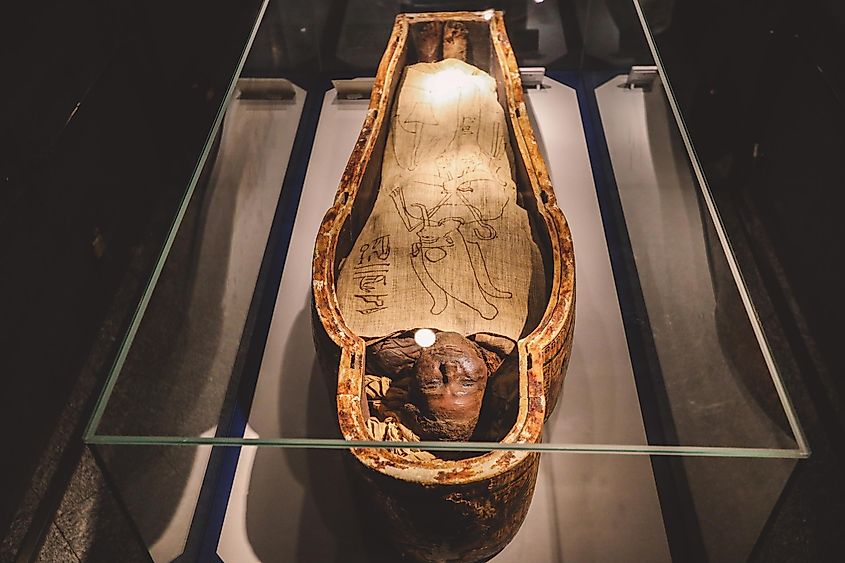
Embalmers in ancient Egypt had a hard time keeping their hands to themselves. At least that is what Herodotus an ancient Greek writer and historian tells us in his writings. While writing about some of the more strange sex practices of other cultures Herodotus mentions that the Egyptians at that time would leave the bodies of their women exposed to the elements for three to four days before sending them to the embalmers. The reason was that they didn’t trust the embalmers with the bodies of their loved ones, and instead, choose to leave the bodies to decompose in an effort to discourage any foul play on the embalmer's part, which implies that it must have happened with some frequency.
The Horrifying Process Of Mummification
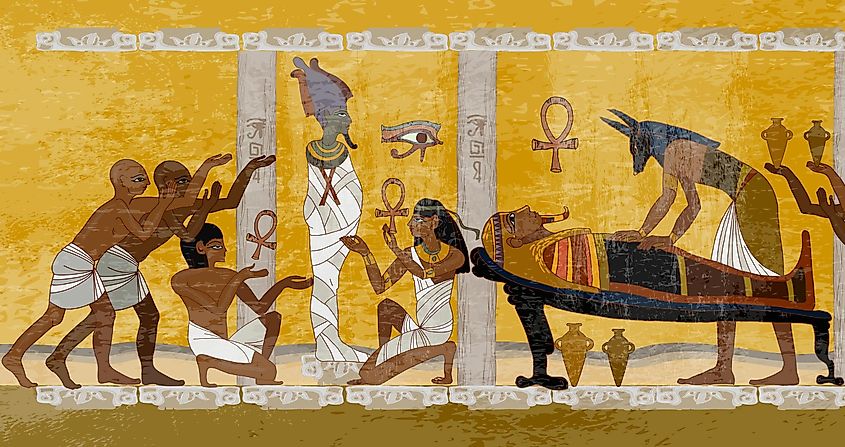
Only the social elites were mummified. This rite was reserved for the likes of the pharaoh, high-ranking officials and rich citizens. It was a complicated process that involved magic, special prayers and the removal of all organs. And it took about seventy days to complete. The first step in this gruesome ordeal was to remove all eternal organs but the heart. The Egyptians believed that the heart was the center of a person’s being and so that was left in place. Next using a specialized hook the embalmer would carefully insert the hook through the nostril and begin the process of pulling the brain out through the nose being careful to not damage the face. After the brain and eternal organs were removed the body needed to have the moisture dried out. Embalmers would place natron, a special kind of salt, on the body to achieve this purpose. After the body was dried the chest cavity was filled with linens and chopped straw to give a better shape to the mummy. At this point, the body was wrapped in the iconic mummy wrap and placed in its casket. The Pharaoh was now ready for rebirth in the afterlife and his corpse was placed in his tomb.
Murdering People So They Could Serve The Dead Pharaoh
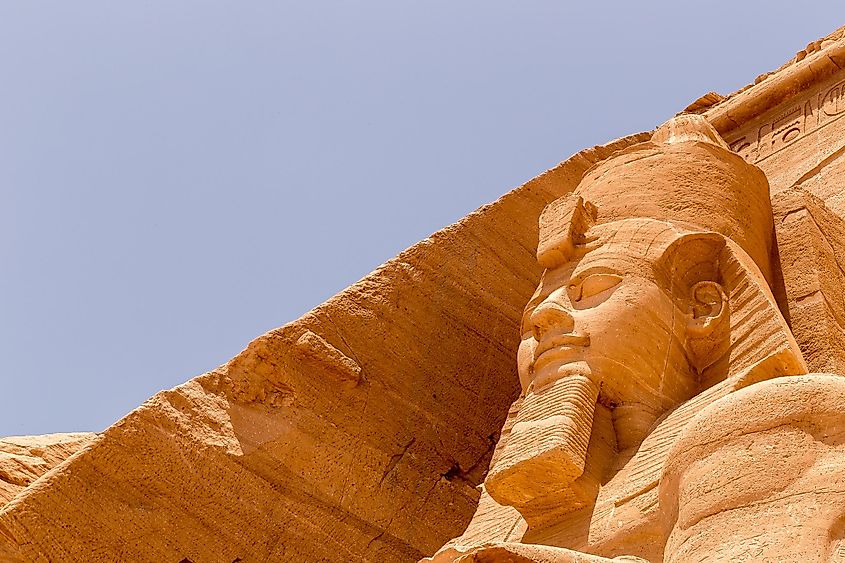
The darkest secret from ancient Egypt is what archaeologists call a retainer sacrifice. This is the practice of murdering, presumably healthy people so that the pharaoh can be served in the afterlife. Some of the kings of old have as many as 500 retainer sacrifices! The people being murdered were servants, guards, concubines and in some cases, relatives. It is near impossible for us today to understand how something like a retainer sacrifice could have ever been practiced but we need to remember that in ancient days a pharaoh was considered a god. While this practice is unimaginable today, the fact is it did happen to real, living people.
There is much that we may never know for certain regarding ancient Egypt. Many of the tombs have been raided over the centuries by grave robbers in search of treasure and as a result, virtually all tombs have already been tampered with making it more difficult to decipher the truth about ancient Egypt.











